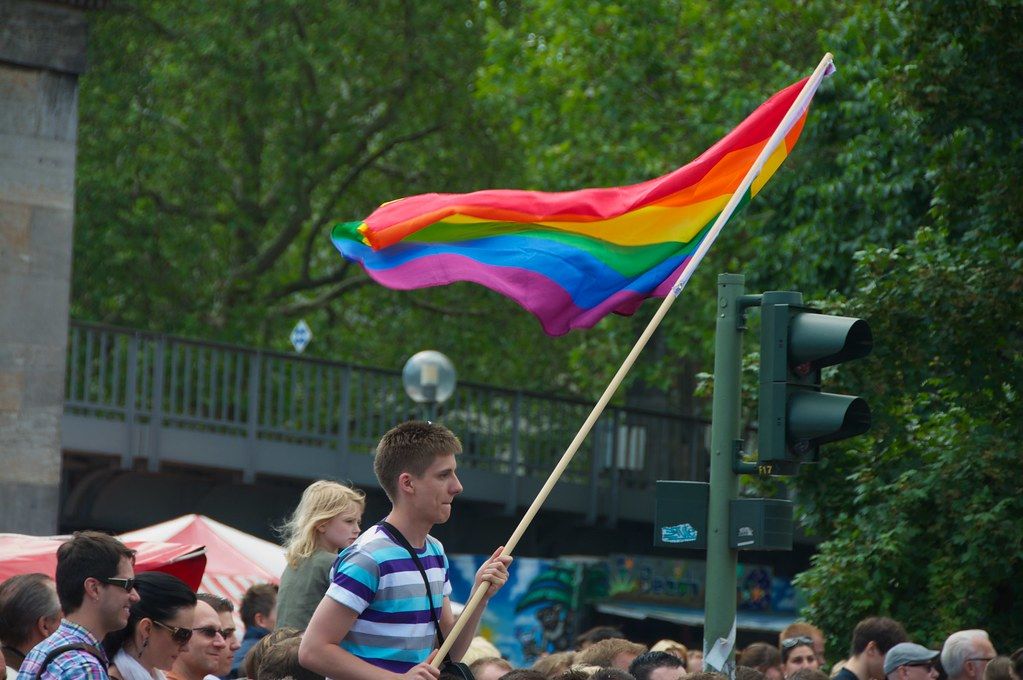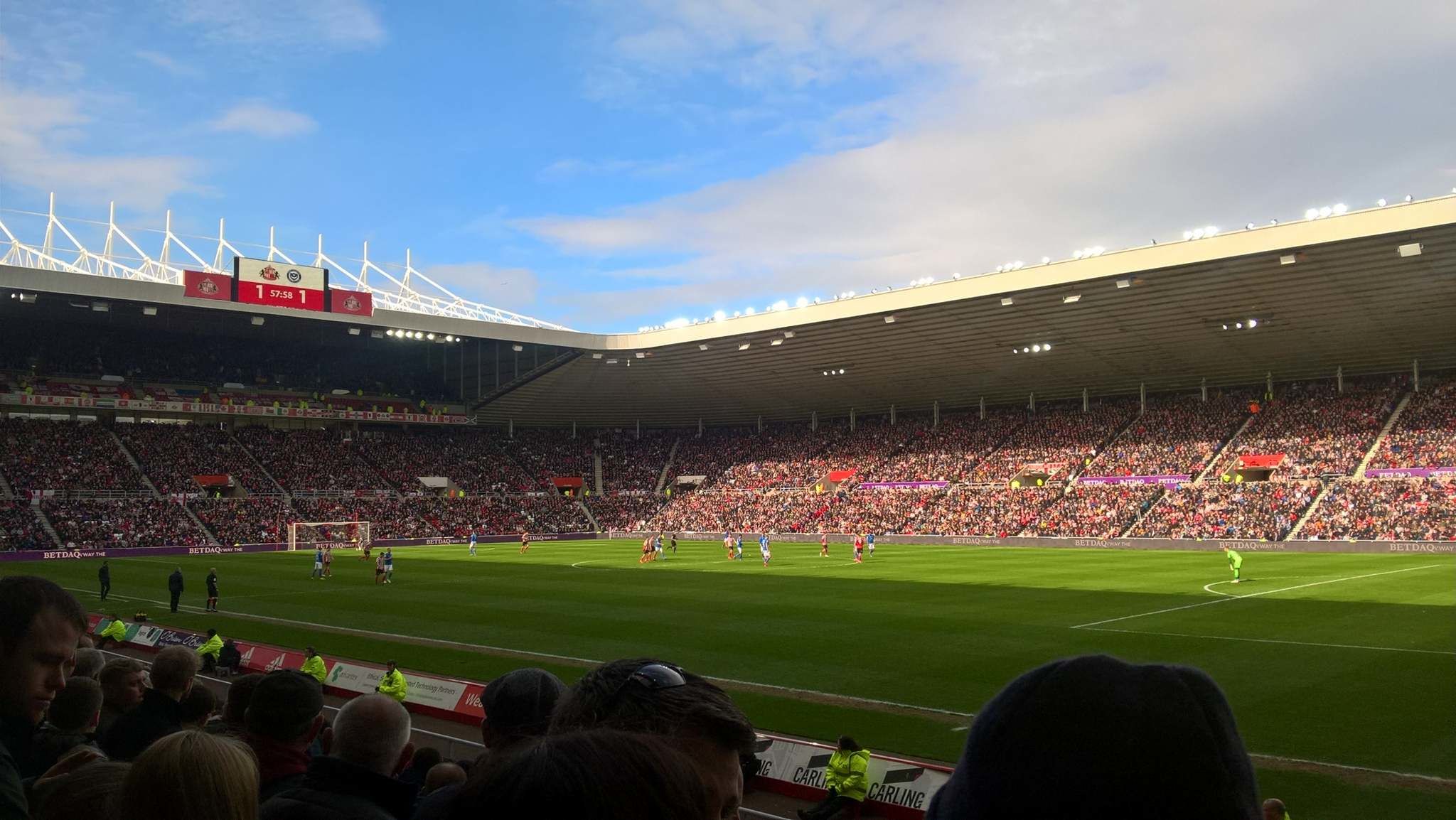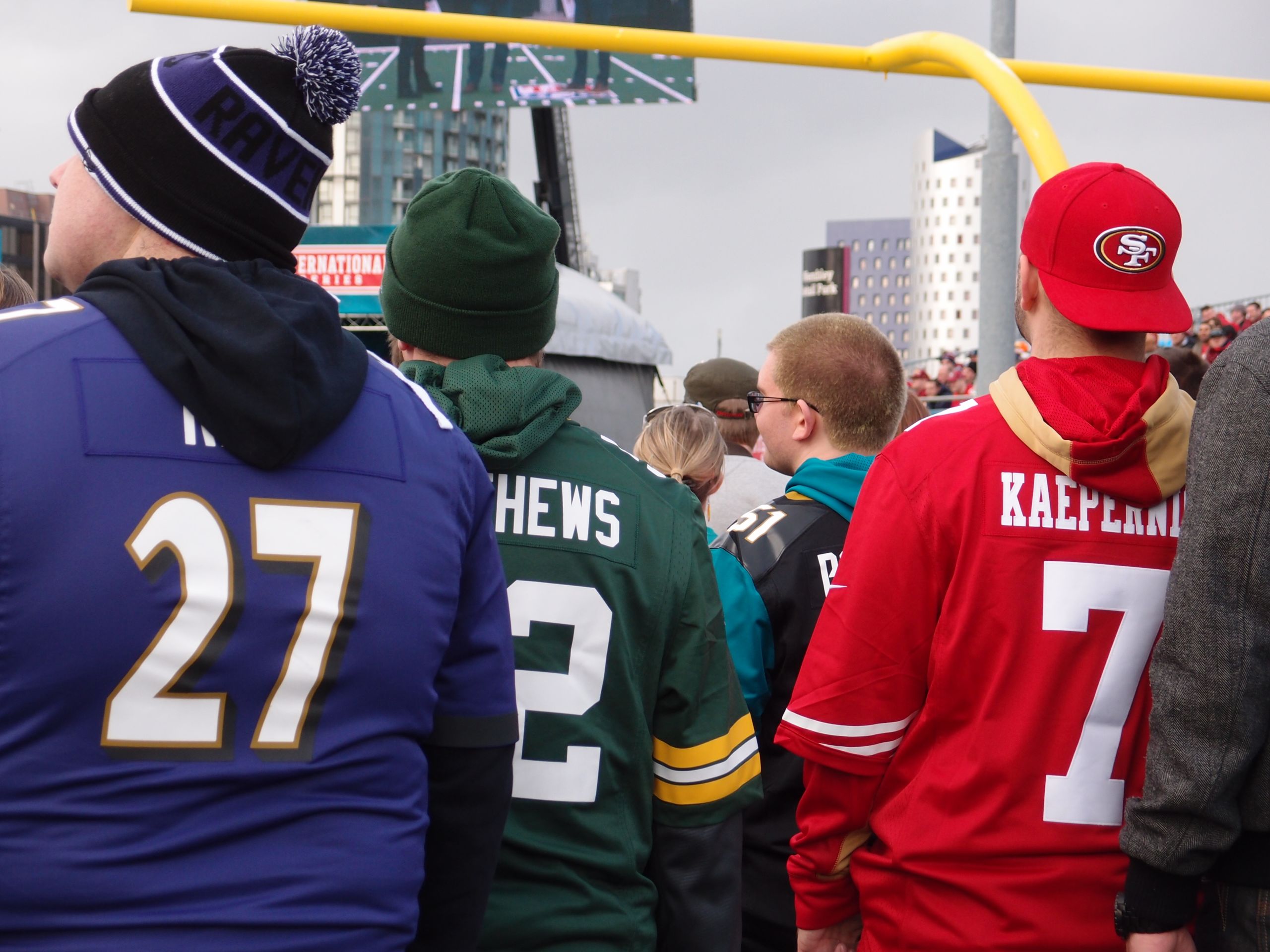Representing The Unrepresented
Diversity

In the third portion of our Power Play series following the social and cultural power of sport, Jason Button looks at those who are still struggling to feel fully included in the world, as well as the sporting communities we explored in the previous article.
It can be good to stand out from the crowd, but the situation changes when you are forced to be an outsider because of who you are.
For years in the early development of the sports we all love there were issues with who could participate. The negro leagues within baseball were only dissolved in 1958 and women were unable to participate in the Olympics until 1900, but 35 nations still had male only teams in the 1992 games.
Although progress has been made in some aspects of society, there are still some corners of sport which haven’t yet been brought into the 21st century when it comes to inclusion. “The environment at games has been under the spotlight for a number of years” says Ryan Houston, former chair of Sunderland Pride. The group have assisted in forming SAFC LGBT – an autonomous group for black cats fans who fall into the LGBTQ category.
“I think within the sport itself there is an issue within the culture” explains Houston. “I think the fact that we still don’t have an out-gay player within the premiership shows that players are very aware of the negative attitudes that are still prevalent within the sport.”
“An odd culture seems to exist which says if you're gay you can't play which is just bizarre really, but just shows that clearly LGBTQ footballers feel they can't be open about their sexuality if it's not heterosexual” says Sam Wise who started the SAFC LGBT group.
“I had always wanted to start something like this at the Stadium of Light” he explains. “Now that there are over 60 or so LGBTQ football supporters groups in the U.K. more and more clubs have realised promoting equality and stamping out abuse is essential, not optional.

The Stadium of Light
The Stadium of Light
“I think having a visible LGBTQ presence at the club such as a supporters group is a good start, it's all about visibility.”
This isn't enough for some though, with Houston admitting that he has never been to a football match despite his work with the group. “There was a huge focus on stamping out racism in football, and that came from the behaviour of fans at football.
“Through Show Racism the Red Card and other projects, that’s declined. There is far less racism aimed towards BME fans and players, but there hasn’t been huge success as of yet in campaigns like Rainbow Laces.”
Whilst Houston and Wise agree that football is now trailing behind society when it comes to ensuring certain fans feel safe, progress is being made. “In wider society we do still have an issue with discrimination but it's much more prevalent in spaces such as football grounds around the country” explains Wise.
Houston looks at the amount of similar fangroups starting as a positive: “I think the reason these association groups are springing up across the country is because society has already made the changes that it needed to, in order to be able to have these conversations and say that there is an issue within football when it comes to homophobia and discussing LGBT issues.”
Although things are changing for the better in the UK, sport across the pond remains extremely divided in comparison. Steven O’Rourke, who has written in the past about the issues being faced by Colin Kaepernick, believes that there is still a lot to be done Stateside when it comes to ensuring racial equality.
Colin Kaepernick was a quarterback in the NFL who reached the Superbowl in 2013 and three years later sparked a national conversation when he remained seated for the national anthem, going against the tradition of standing. After talks with the league, he compromised with kneeling for the ceremonies.

Many fans have been supportinve of Colin Kaepernick and have shown it by buying his jerseys. Here, a San Francisco 49ers fan wears a Kaepernick jersey ahead of a NFL International Series game in London. Photo - Kevin Button
Many fans have been supportinve of Colin Kaepernick and have shown it by buying his jerseys. Here, a San Francisco 49ers fan wears a Kaepernick jersey ahead of a NFL International Series game in London. Photo - Kevin Button
This was in protest of the examples of police brutality against black Americans at the time and in solidarity for the ‘black lives matter’ campaign which followed. This was quickly met with hostility from the republican fanbase and presidential candidate at the time, Donald Trump, who called for Kaepernick and other players who had followed his lead to be fired.
He is yet to be signed by another NFL team after leaving the league in 2016.
When asked about how white players would have been treated in a similar situation, O’Rourke said “it depends how white they are.
“That's been the most disappointing thing for me” he went on to say. “It would be really interesting to see what would happen if someone like Tom Brady or Aaron Rodgers took a knee, I'd imagine the conversation would be very different.”
Politicians including Trump latched onto the hatred against the protests, but this was happening before the backlash had begun says the writer: “It was only after [the right wing media] made a song and dance about it that most of the coverage started.”
In a way, Kaepernick’s protests worked. He had peacefully turned an issue into nationwide talking point, but his actions cost him his job.
“It clearly shows that institutional racism is a major factor within the NFL” says Dan Kilvington, professor at Leeds Beckett University who has had books published on racism within sport.
“That it’s endemic within US society and UK society" he added. "He’s a fantastic role model in the sense that he is using his platform and his public figure persona to challenge discrimination and racism on a national scale.”
Kilvington has predominantly written about racism within a footballing context and describes the new forms of media as having pros and cons when exploring racial inequality. “With the rise of web 2.0 and new media and social media platforms it’s allowed organisations and football clubs to build brand loyalty with communities and have that two way communication.
“But then on the other side you have the darker side of social media” he adds. “Teams, players and fans face racism and different forms of abuse online.”
“It isn’t just a football problem. It’s a social problem generally” he explains. “We can see the rise [in abuse]. Every week now at home or abroad we are seeing more stories of players of colour being abused by fans.”
Raheem Sterling, Mario Balotelli and Moise Kean have all been victims of racial abuse in the 2018/19 football season from fans.
“These things are happening more and more. It does reflect wider societal shifts and the ideologies of the far right which are growing in popularity” adds Kilvington.
In a world which feels more hateful than at any time in living memory for most, there are those who still don’t feel like they belong. Whether it be in the stands or players who try to take a stance, it can still be tough for those in minority groups.
Next time the focus turns to those who are looking to go against this movement of discrimination and support those who may feel excluded as we speak to left wing fangroups about the work they do to push for equality.

